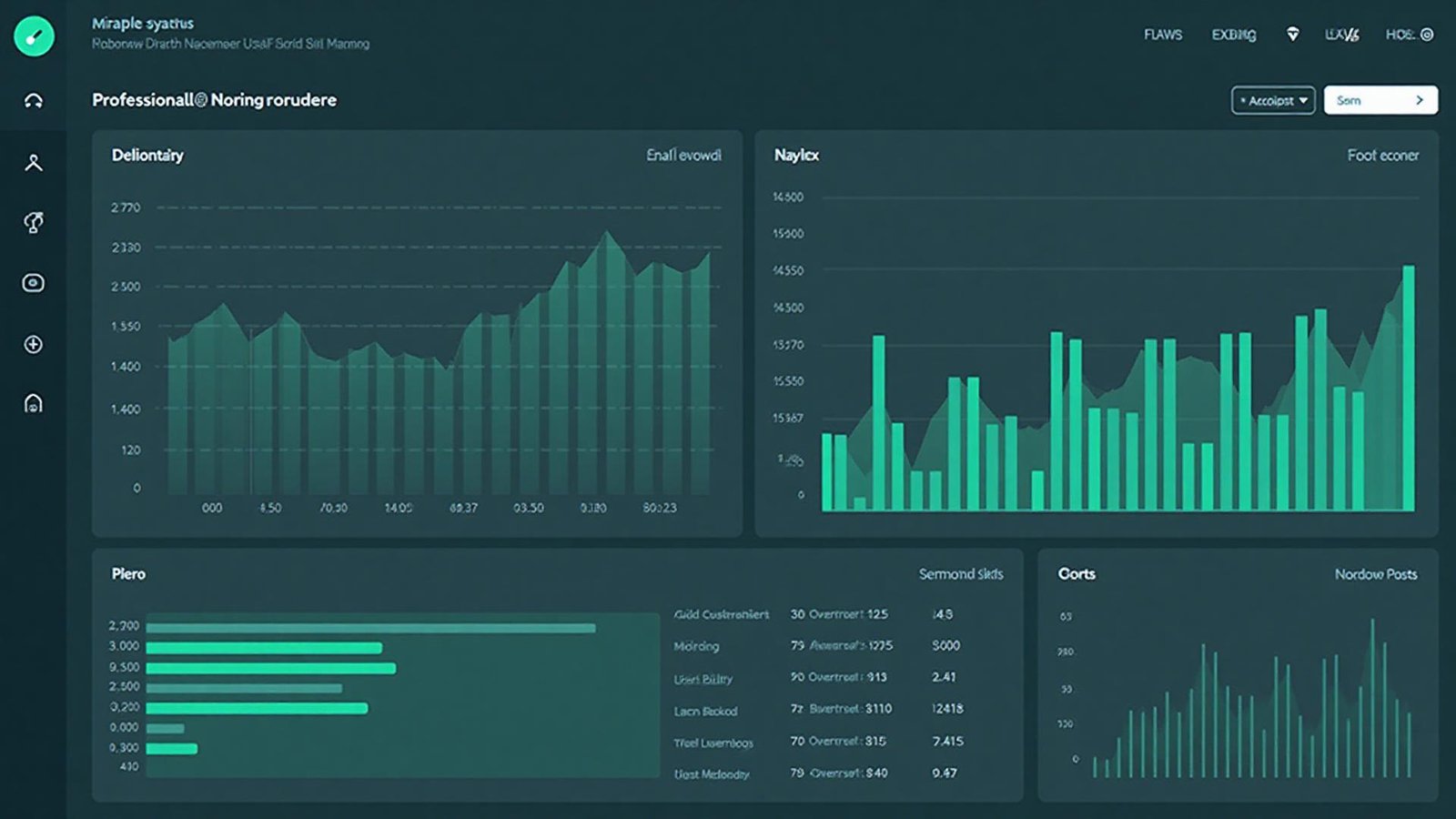When I started my e-commerce business in Pune, my focus was almost entirely on products. If the products were good, I assumed sales and customer satisfaction would follow. But as our business grew, I quickly realized something important: great products are only half the equation—customer experience is what keeps people coming back.
In the competitive world of e-commerce, customer experience isn’t a “nice-to-have.” It’s the foundation of loyalty, referrals, and sustainable growth. Over the past year, we transformed our approach to customer interactions, and the results have been remarkable. Here are the strategies that changed our business.
1. Understanding That Customer Experience Begins Before the Sale
Most businesses think of customer experience as something that happens after the purchase—packaging, delivery, support, etc. But we learned that it actually begins long before a customer hits ‘Buy Now.’
The browsing experience matters as much as the buying experience. We redesigned our website to make it faster, cleaner, and mobile-friendly. We added intuitive filters so shoppers could find products without frustration, and we simplified the checkout process to reduce cart abandonment.
But the real breakthrough came when we focused on our audience quality. SERP Monsters helped us bring in the right audience so we could focus on improving their experience. When the people landing on your site are genuinely interested in your products, every other strategy works better.
2. Building Trust With Transparency
Trust is one of the most valuable currencies in e-commerce. Customers want to feel confident about what they’re buying, especially when they can’t touch or try the product.
To build this trust, we became radically transparent:
- We included high-quality images and even 360° views for many products.
- Detailed size charts, care instructions, and material information were added to minimize confusion.
- Customer reviews—both positive and critical—were displayed openly instead of being hidden.
Instead of creating doubt, showing everything honestly built credibility. In fact, customers told us they appreciated seeing “real feedback” even when it wasn’t perfect. That honesty increased conversions and reduced returns.
3. Personalization as a Growth Driver
One of the biggest shifts in customer experience was moving from generic shopping journeys to personalized experiences.
Using AI-driven tools, we personalized product recommendations based on browsing history, previous purchases, and even location. For example:
- A customer in Pune browsing summer wear saw trending local styles.
- Repeat buyers received custom recommendations that complemented their past purchases.
- Abandoned cart emails included personalized discounts or reminders about the exact product left behind.
The result? Customers felt like the shopping experience was tailored to them, and our repeat purchase rate increased significantly.
4. Elevating Post-Purchase Care
A common mistake in e-commerce is treating the sale as the finish line. But for us, the real customer experience starts after the purchase.
We introduced thoughtful post-purchase strategies:
- Clear and proactive shipping updates so customers didn’t have to keep checking.
- Eco-friendly and branded packaging that made unboxing a memorable moment.
- Easy return policies that removed the stress from buying online.
We also started sending follow-up messages—not just to ask for reviews but to ensure the customer was satisfied. This human touch showed we cared beyond the transaction.
Over time, customers who experienced smooth after-sales care became our most loyal advocates.
5. Listening Actively to Customer Feedback
One of the simplest but most powerful changes we made was really listening to our customers. Instead of treating feedback as an afterthought, we turned it into a growth engine.
- We collected insights through surveys, social media polls, and direct customer calls.
- When multiple customers pointed out confusing website navigation, we redesigned it within weeks.
- Feedback about sizing issues in one product line helped us fix the problem quickly, reducing returns.
What surprised us was how much customers appreciated being heard. Even when we couldn’t implement a suggestion immediately, acknowledging their input built loyalty. Customers don’t expect perfection—they expect responsiveness.
6. Speed and Reliability in Delivery
In e-commerce, delivery speed can make or break the customer experience. Delays, vague updates, or damaged packaging create frustration that no marketing can fix.
We partnered with logistics providers who ensured faster and more reliable shipping. At the same time, we set realistic delivery expectations. Instead of promising “2-day shipping” and failing, we committed to accurate timelines and often delivered earlier.
This small shift boosted customer trust significantly. Many clients mentioned in reviews that our on-time delivery gave them confidence to reorder.
7. Humanizing Customer Support
Too many businesses rely solely on chatbots or templated replies. While automation helps, we realized that real human support is irreplaceable.
We trained our customer service team to not just resolve issues but to connect with empathy. Instead of robotic replies, customers received thoughtful, human responses. For urgent issues, we introduced a direct WhatsApp line with real agents.
This personal touch transformed customer frustrations into moments of delight. Many customers who had complaints ended up becoming loyal fans simply because of how we handled their concerns.
8. Rewarding Loyalty Instead of Only Chasing New Customers
In the rush to acquire new buyers, many businesses neglect the people who already trust them. We decided to flip this.
We introduced loyalty rewards for repeat customers—exclusive discounts, early access to new collections, and personalized thank-you notes. Over time, this turned first-time buyers into brand ambassadors.
Interestingly, our repeat customers also started bringing in referrals, creating a ripple effect that reduced our marketing costs.
Final Thoughts: Experience Is the Real Differentiator
As an e-commerce entrepreneur in Pune, I’ve learned that products may get customers in the door, but experience is what makes them stay. By focusing on transparency, personalization, post-purchase care, and active listening, we’ve built relationships that go beyond transactions.
Customer experience isn’t about fancy gimmicks—it’s about making people feel valued at every step of their journey. And when you combine that with the right partners and systems, growth follows naturally.
For us, these strategies didn’t just improve sales; they transformed how we view our business. Today, we’re not just selling products—we’re building trust, loyalty, and a brand that customers are proud to recommend.


